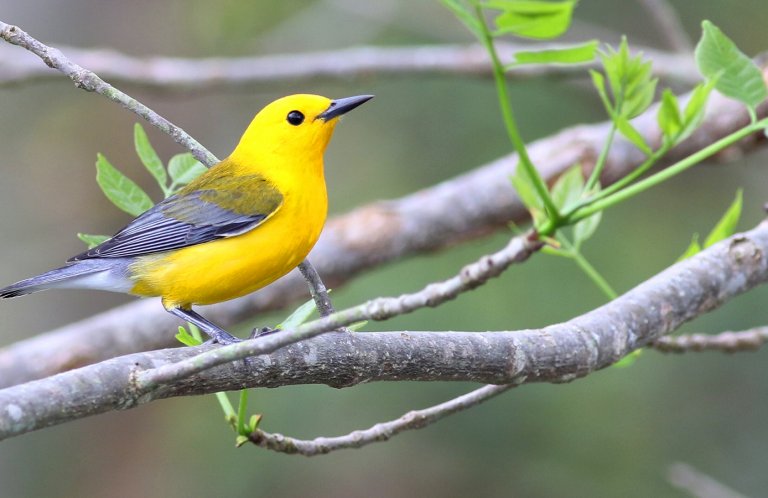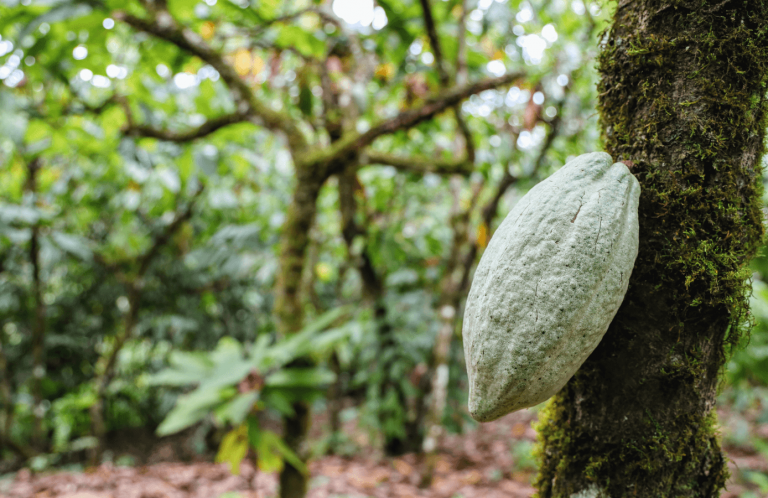Best Management Practices for Farming and Ranching in Latin America and the Caribbean Support Birds, Nature, and People
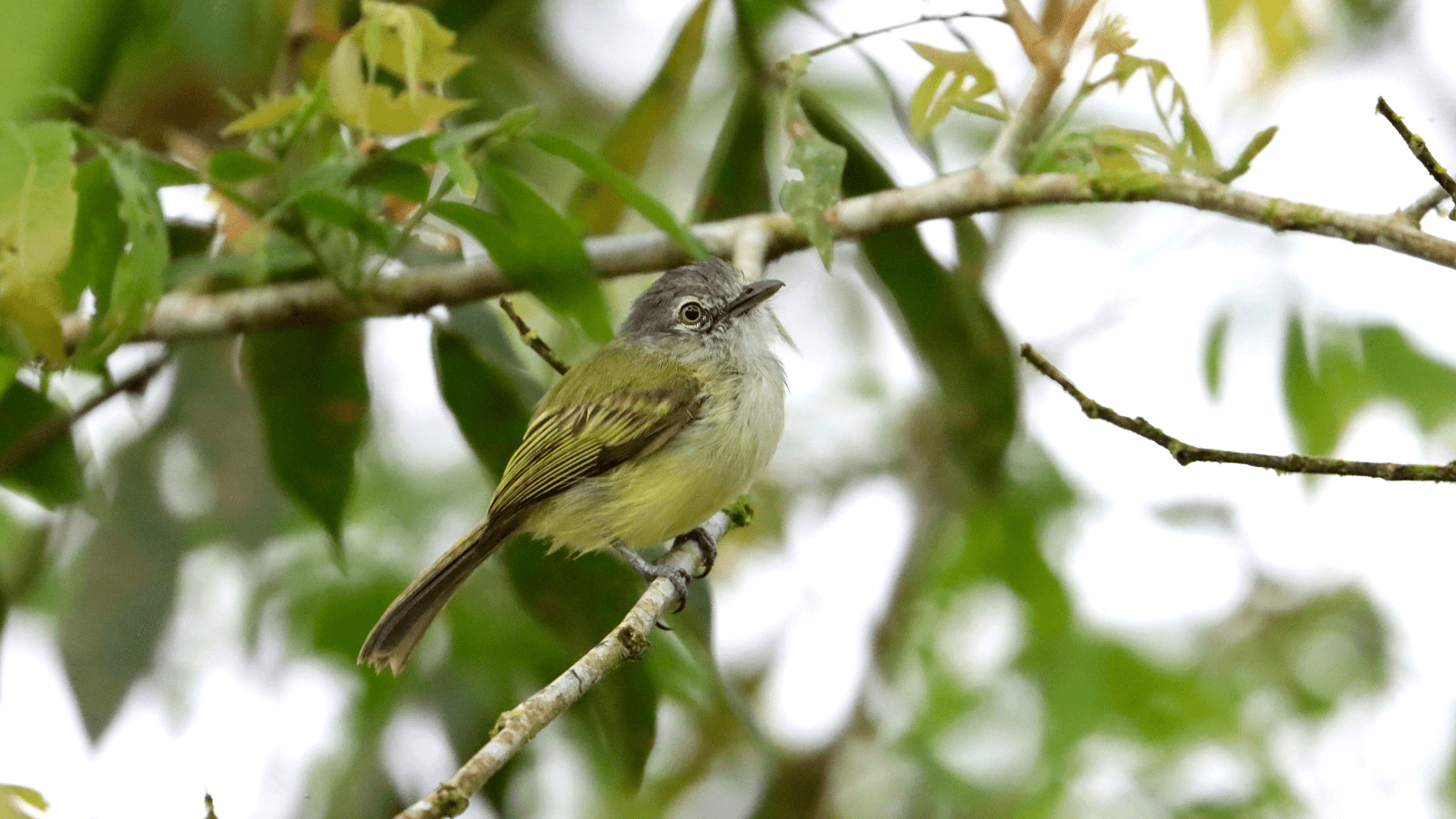
As spring migration kicks into high gear, more and more migratory birds are winging their way north from their winter refuges in Latin America and the Caribbean. Soon, the songs of birds like Cerulean Warblers, Northern Parulas, and Wood Thrushes will be heard in forests throughout their breeding range in North America. When you hear one of your favorite spring singers this year, take a moment to think of where they've been for the past six or seven months — many of them have likely taken refuge on working lands like farms and ranches in places like Ecuador, Guatemala, and Honduras. These places, when they are managed to retain their biodiversity, are essential to the survival of many of our favorite songbirds.
The backbone of American Bird Conservancy's (ABC's) BirdsPlus program is our set of best management practices, a series of science-backed recommendations that help ensure the working landscapes we invest in will generate a win-win-win scenario for land managers, biodiversity, and investors. The program incentivizes and catalyzes these practices among farmers, ranchers, and other producers.
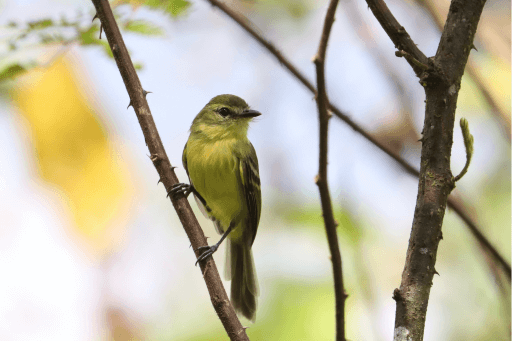
“Through the implementation of best management practices, farmers and ranchers can provide good habitat for migratory birds,” said Andrés Anchondo, Associate Director of Impact Investment in Latin America and the Caribbean for ABC. “This is particularly important in Central America and the Caribbean, where migratory birds have a much smaller total area of habitat than they do on their breeding grounds in North America.”
So far, ABC and partners have promoted sustainability practices for crops including coffee, cardamom, black pepper, and rubber, as well as cattle grazing, throughout Latin America and the Caribbean. These practices help land managers transition from single-crop systems to those that incorporate more native trees and other plants that can produce profitable crops while maintaining healthy populations of migratory birds and other wildlife.
Giving Generalists a Helping Hand
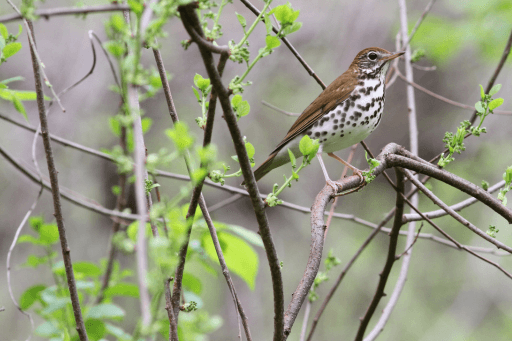
When a Wood Thrush is looking for a place to settle in the spring, she will have a very particular set of criteria to suit her nest site and chick-feeding needs. Several months later, however, when the chicks have left the nest and a chill is in the air, she will fly south with simpler requirements. She can take advantage of a variety of habitat types if her own basic needs for food and shelter are met.
Like the Wood Thrush, most migratory forest birds are generalists in their nonbreeding grounds in Latin America and the Caribbean. They can thrive in a mosaic of protected native forest and working lands, particularly those with a mix of tree cover.
Unfortunately, a lot of the agricultural expansion in these regions over the past several decades has involved clear-cutting forests and replacing them with rows of a single money-making crop. These kinds of farms, devoid of native trees and underbrush that produce seeds or support tasty invertebrates to support bird populations, are essentially ecological deserts that can't even support generalist species.
Farms with a good mix of native trees and shrubs, on the other hand, can support a lot of wildlife. Many current monoculture farms, or degraded lands no longer used for farming and ranching, can be converted to diverse systems that support land managers and local wildlife alike. Restoring, maintaining, and enhancing as much habitat as possible can stem bird population declines and recover struggling populations.
Best Management Means Finding Sustainable Alternatives
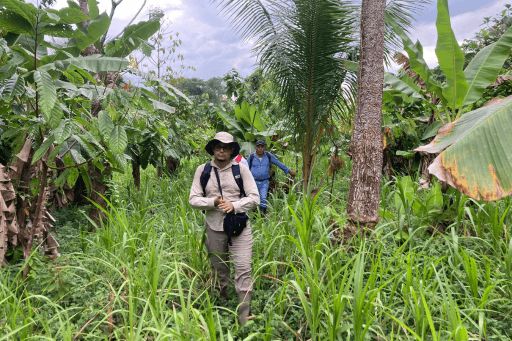
With the guidance of best management practices, farms and ranches using techniques that degrade the land can transition to alternatives that instead sustain it. ABC's BirdsPlus Fund has been created to speed this process of conversion along, and our best management practices inform the work supported through the fund.
For instance, crops like coffee and cacao are often grown in a monoculture under full sun, but they can also be grown in the shade of native forest trees, which in turn can provide habitat for birds. Growing coffee and cacao in the shade tends to lead to higher-quality fruits that have the potential to be sold at a higher price point and be more resistant to the impacts of climate change, making this technique more economically sustainable as well.
“What's really exciting about these best management practices is that they're not just benefiting birds, but they are also helping benefit producers' bottom lines,” says Marci Eggers, ABC's Director of Migratory Bird Habitats in Latin America and the Caribbean. “Many of our partners are getting higher prices for the products they sell and spending less money on supplies like fertilizers.”
Best management practices have already benefited Zorzal Cacao, a company in the Dominican Republic. The new Smithsonian Bird Friendly Cocoa® certification was piloted with Zorzal Cacao, which owns a 1,019-acre private reserve that provides crucial bird habitat and is also a functioning cacao farm. About 70 percent of the land is “forever wild,” while the other 30 percent is dedicated to sustainable cacao agroforestry that helps fund habitat restoration and management efforts.
ABC has worked to implement best management practices with Zorzal Cacao, and after ABC made the introductions between the Smithsonian and Zorzal, 17 of the company's cacao-supplying farms became the first ever to receive the Smithsonian's new Bird Friendly® certification. With ABC support, Zorzal Cacao is working with local farmers to restore more degraded cacao farms and cattle pastures in the coming years and get even more acres certified as Bird Friendly®, benefitting birds like the Cape May Warbler and endangered Bicknell's Thrush.
Likewise, rubber farms can be planted as a monoculture, but they can also be planted alongside native trees and shrubs to provide habitat for a wider range of bird species. Allowing understory vegetation to grow is a way to make this system even more diverse, providing more habitat for invertebrates that many birds feed on while reducing the risk of erosion seen in monocultures on steep slopes.
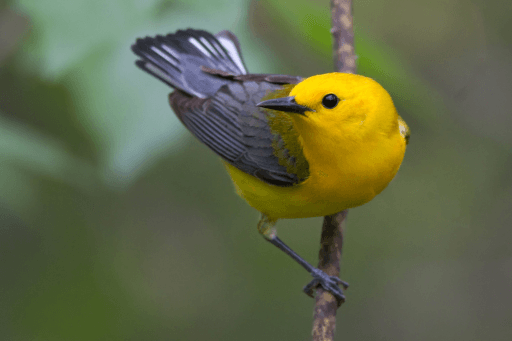
In Costa Rica, ABC and local partner Hevea are partnering to create a market-driven conservation program to increase forest habitat through the creation of rubber and native tree plantations that will provide habitat for Kentucky and Prothonotary Warblers. ABC will work with Hevea to incorporate native hardwood species into rubber plantations on an initial 156 acres, with the ultimate goal of further converting another 3,644 acres of degraded pasture to rubber and native hardwood plantations.
When it comes to ranching, which requires more open area, “living fences” can provide habitat for birds. This is a practice where trees are planted in place of fence posts to surround livestock grazing areas. Living fences can even make cattle more productive — cows that graze in the shade instead of hot sun, such as at a sustainable ranching project that ABC is supporting in Honduras, are less stressed and produce more milk.
To make the best management practices accessible to farmers, ranchers, and producers in Latin America and the Caribbean, the BirdsPlus program has developed a series of infographics that describe the practices that farmers and ranchers can implement on their properties. Moreover, since a main communication channel among farmers in the region is WhatsApp, the best management practices recommendations can also be accessed via three-minute video clips that can be shared and watched on any iPhone or Android phone.
ABC's BirdsPlus program is helping to turn these best management practices into a reality for more farms, more ranches, and more acres across the region. “Working hand in hand with farmers, ranchers, investors, and companies that care for nature, we can make the working landscapes in Latin American and the Caribbean a better place for the birds and wildlife that we all love,” said Andrés Anchondo.
###
American Bird Conservancy is a nonprofit organization dedicated to conserving wild birds and their habitats throughout the Americas. With an emphasis on achieving results and working in partnership, we take on the greatest problems facing birds today, innovating and building on rapid advancements in science to halt extinctions, protect habitats, eliminate threats, and build capacity for bird conservation. Find us on abcbirds.org, Facebook, Instagram, and Twitter (@ABCbirds).
Media Contact
Jordan Rutter
Director of Communications
media@abcbirds.org







































